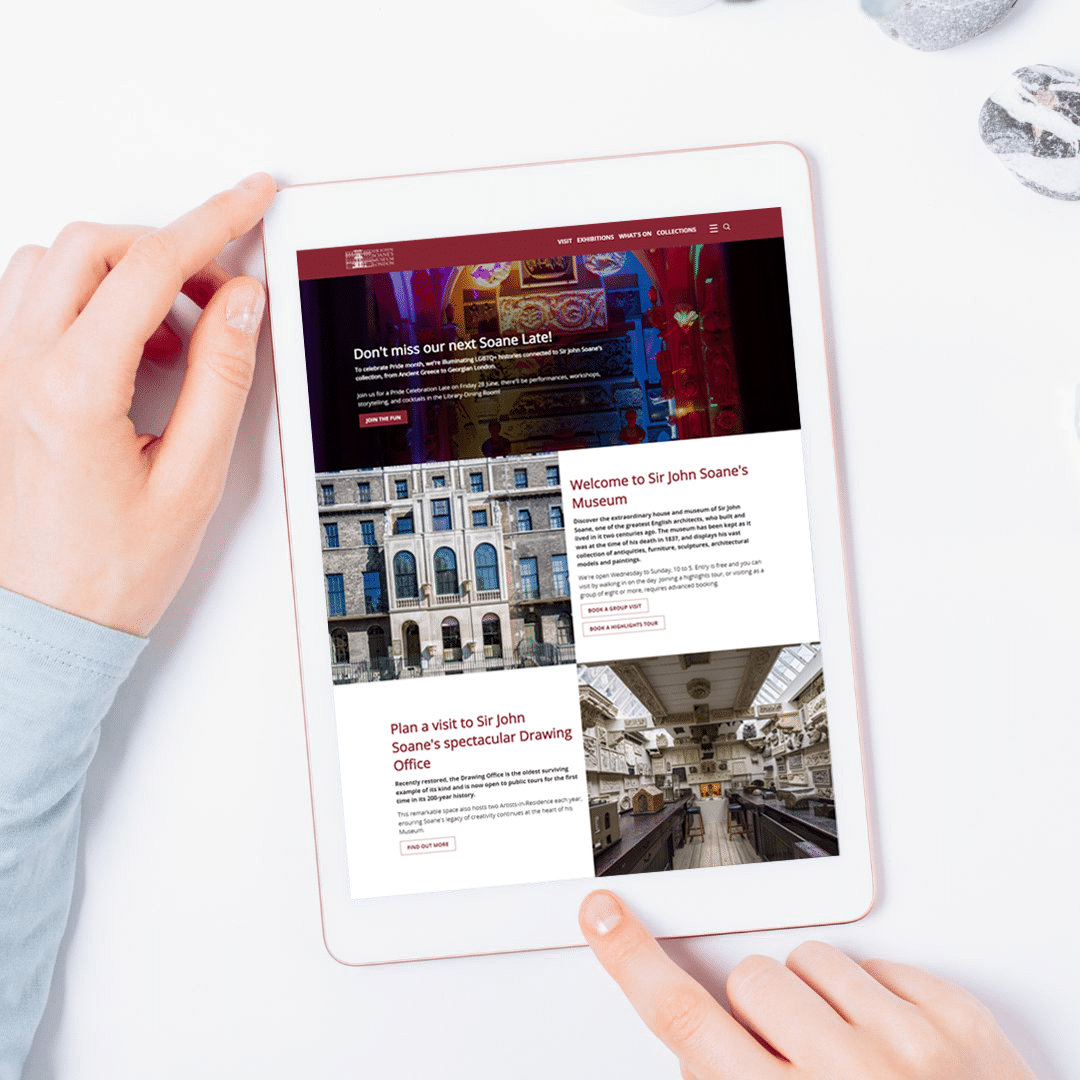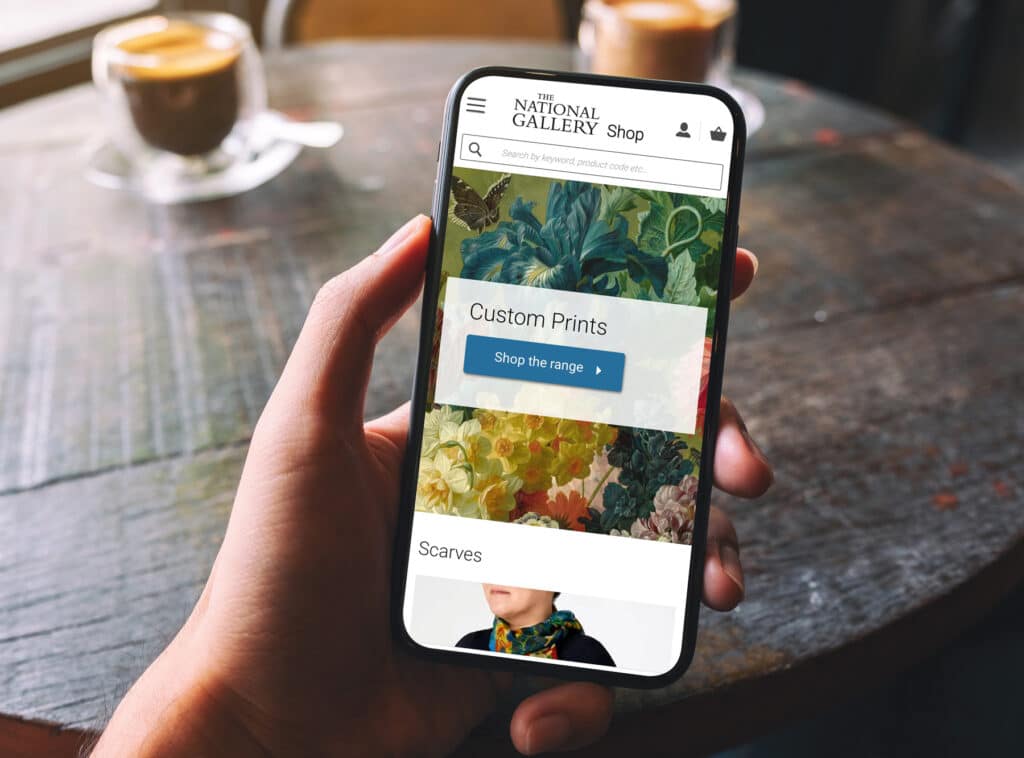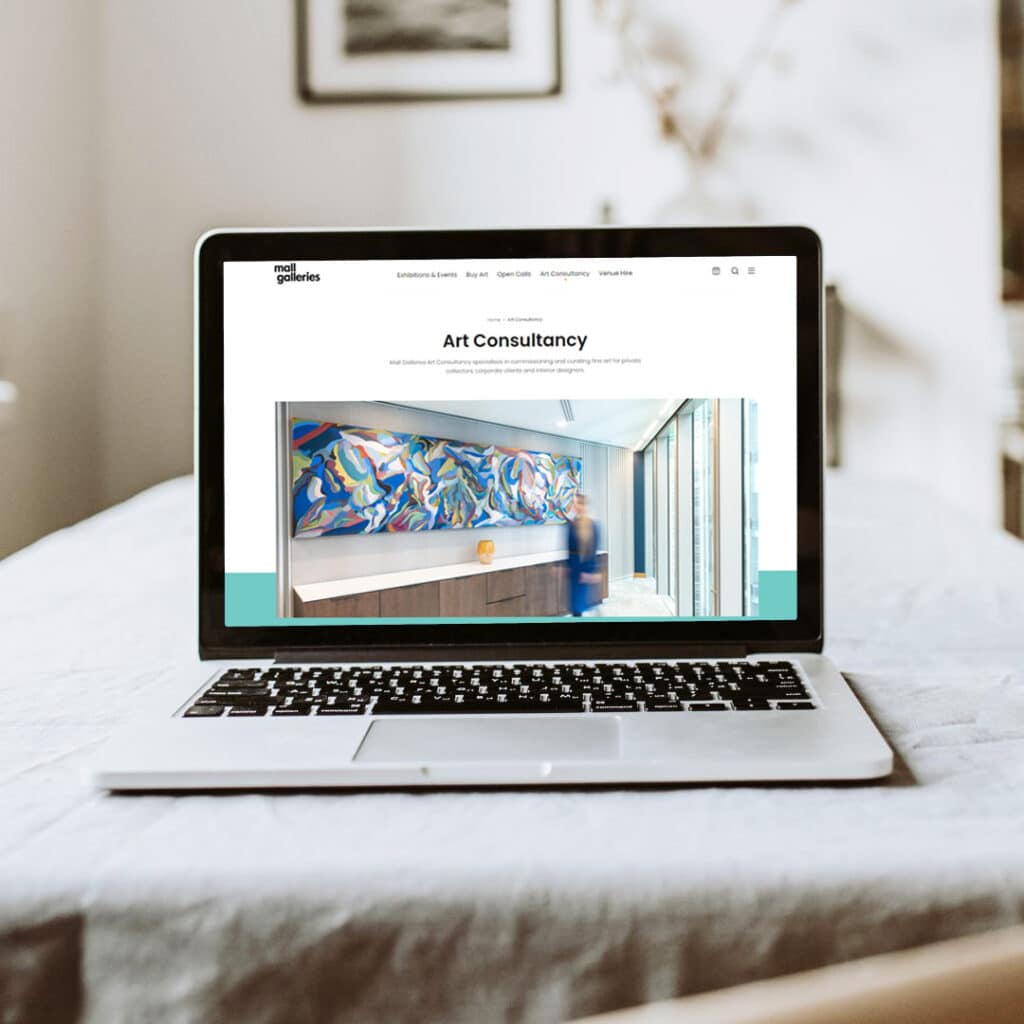Arts & culture organisations need stable revenue channels to support their work and enable them to continue to do what they do best. Creating and sustaining these channels, however, is not always simple.
Ecommerce presents a distinct opportunity in the arts & culture space. Whether it’s an online store, a ticketing solution, a strong donations funnel, or a combination of these, more organisations are looking to harness its benefits.
At Williams Commerce, our team has supported a wide range of clients in this sector from The British Museum and The National Gallery to Mall Galleries and The Courtauld, tackling ecommerce projects of different sizes and complexity.
Having combined this knowledge and experience, here’s a breakdown of actionable tips to help your business achieve ecommerce excellence.
Integrate ecommerce with the wider digital offering
One major issue faced by arts & culture organisations is a disparity between their main website and their ecommerce offering. A typical scenario is when the organisation’s original website was created without an ecommerce component but added at a later stage for example, to sell tickets and merchandise or encourage donations.
In this scenario, the result can feel disjointed. The user may feel they have left the main site when completing a purchase, making the overall buying experience less smooth or unified. This can negatively impact the user experience, potentially discouraging customers to complete transactions on the website.
If this sounds familiar integrating ecommerce effectively with your main site can help enhance your ability to generate revenue online. We have seen a major shift within the arts & culture sector towards creating a greater alignment between the UI/UX of the corporate and retail sites for membership and/or ticketing.
Delivering a seamless, frictionless ecommerce experience can boost brand experience and loyalty. And more importantly, increase the likelihood of site visitors converting.
Sir John Soane’s Museum wanted to develop a new Shopify store to reach new audiences online, sell products related to the museum, and boost the visibility of their brand online. We created and applied brand and style guides to the museum’s Shopify store, which were then integrated with the organisation’s existing Drupal museum site. This now delivers a consistent visual standard across the whole website. Our work achieved a 100% increase in annual ecommerce revenue, a 70% increase in online event bookings and a 200% increase in venue hire enquires. This is reflective of the growth around the museum’s brand awareness in the digital space.


Deliver a single basket experience
A leading example of ecommerce excellence in arts & culture is the single basket experience. In this scenario, an arts & culture organisation can sell different elements of its offering – be it memberships, visitor tickets, special event tickets, and merchandise – all from a single online store, in a single basket, purchasable through a single transaction.
This basket can follow a user from the shop site, which is often built on Shopify, Adobe Commerce, or BigCommerce to the collection site and back again. Regardless of what a customer wants to purchase, they can do so without needing to complete separate transactions.
With The National Gallery for example, we created a solution where if the membership of a user shopping on the site is recognised, they are then immediately presented with member pricing. Members can also get instant access to exclusive offers and content in the shop.
Consider headless ecommerce
Headless ecommerce is becoming increasingly popular in the arts & culture sector. In simple terms, headless ecommerce is the separation of the front-end and back-end systems that are used to sell items and gain revenue through a website.
Taking a headless approach to ecommerce enables high levels of customisation in the front-end, which helps to improve the customer journey. Page load times can decrease, site agility can be heightened, and it becomes easier to scale up as traffic and demand increase.
We worked with Mall Galleries to develop a dynamic website with a Drupal 10 CMS and a headless BigCommerce ecommerce element to allow site visitors to purchase artworks on the website.
As a result, we not only increased site performance by 84% but also achieved a Google Lighthouse accessibility score of 95 and best practice score of 100.
If you are keen to learn more about headless commerce and whether it’s the right solution for you, read this blog we put together. It gives you all you need to know on what it can offer to help you with your decision.


Explore Digital Marketing
The role of digital marketing is often underestimated but it can make a significant impact on ecommerce success for organisations across all sectors.
Digital marketing can enhance visibility, boost brand awareness and attract new potential customers to your online store.
Performance marketing services such as SEO and paid search can play a key role in delivering ecommerce success. They help drive relevant traffic to your site before services like UX, UI and CRO turn site visitors into customers.
The National Gallery Global Ltd, the commercial arm of the National Gallery, appointed Williams Commerce initially to build a new ecommerce website for their online shop on Adobe Commerce. Once the website was successfully launched in June 2022, we extended our services to deliver an ongoing digital marketing retainer primarily focussed on SEO, PPC and Affiliate marketing to drive further growth for the new website.
Within the first six months of implementing our SEO strategy for the shop website, we saw fantastic organic results including a 76% increase in the number of top-performing keyword rankings. In addition to this, we achieved a 242% increase in sales within just four months of running Google Ads a profitable ROI of 477% from our affiliates marketing strategy.
To find out more about our work, read the full case study.
Monitor Progress
Whenever you implement a new approach to your ecommerce practice, it’s important to monitor success. Collating financial and sales data and reporting on these each quarter is one way to do this. This will provide insights that can be easily shared with key stakeholders to help shape and inform your marketing activity and strategy.
Reviewing customer feedback can also indicate whether you are on track with your goals, highlight what you are doing well and what can be improved. If possible, we recommend reviewing this monthly, if not, each quarter as a minimum. Such insight can feed into any development plans or roadmap you may have for your ecommerce website.
Lastly, keeping a close eye on the steps your competitors are taking can help you assess your position within the market, keep on top of trends and benchmark your progress.

Find the right ecommerce partner for you
To achieve ecommerce excellence, you need to collaborate with the right ecommerce partner to provide practical and strategic support across the ecommerce journey from build to optimisation and growth.
Our supportive and collaborative approach can help you implement processes with ease and strive towards a new era of online success.
If you are keen to harness our expertise, our team would be delighted to chat. Get in touch to take your arts & culture organisation’s ecommerce to excellence.








